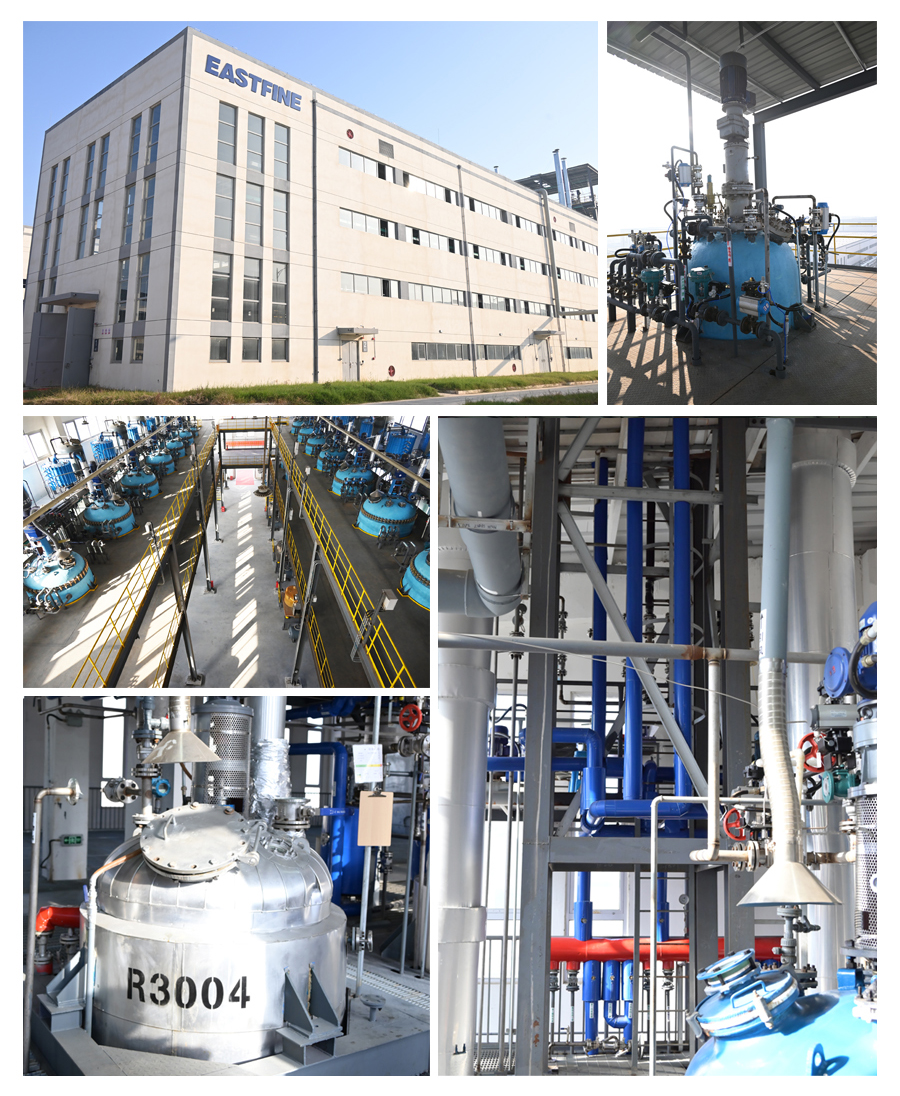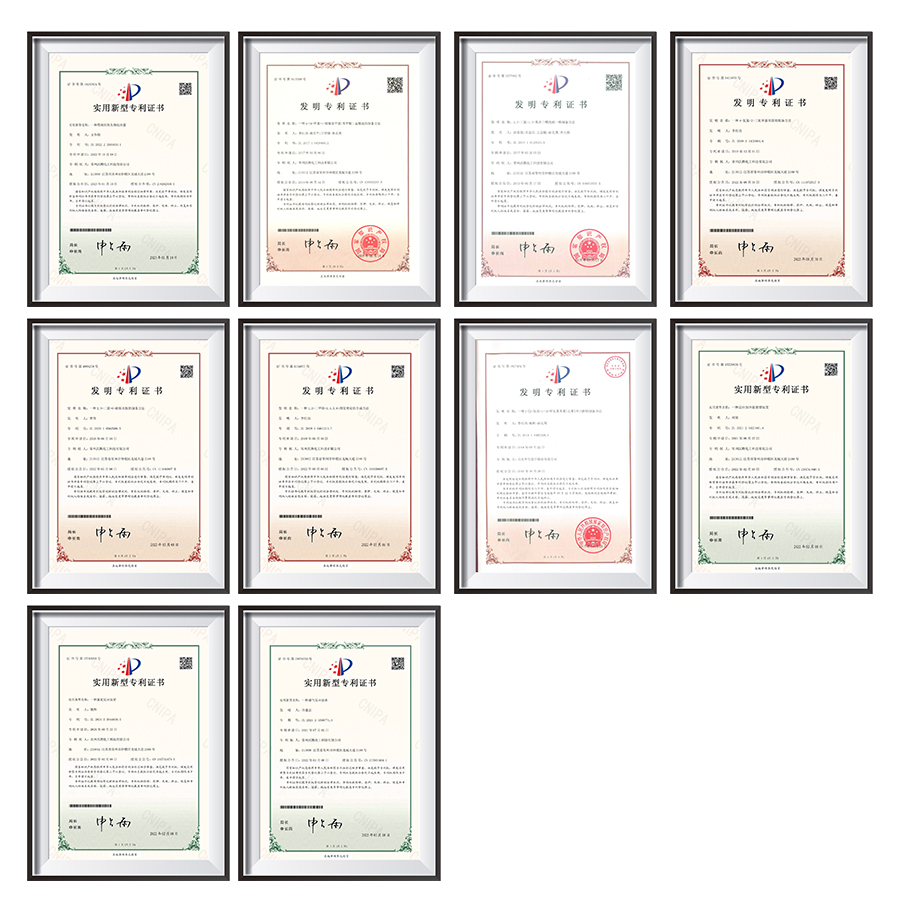| Availability: | |
|---|---|






Product Description
We are a pharmaceutical intermediate manufacturer of 2-Amino-4-bromotoluene.
Its CAS No. is 39478-78-9
Our pharmaceutical intermediates can be used in a variety of APIs.
Product Category | Custom Synthetic Intermediates |
CAS NO | 39478-78-9 |
Product Specifications | Melting point: 33 °C(lit.) Boiling point: 139 °C17 mm Hg(lit.) Density: 1.49 g/mL at 25 °C(lit.) Storage temp.: Keep in dark place, Inert atmosphere, Room temperature |
Office Environment

Laboratory

Workshop/Warehouse

Certificate

2-Amino-4-bromotoluene is produced by EASTFINE , and we are in charge of overseas selling . Not just trading compamy .
China,America,Brazil,England,Russia,Poland,India,Pakistan,NewZealand,Korea,Australia,Dubai,Turkey,Indonesia,UAE.
yes , you can have 1 2-Amino-4-bromotoluene sample for starting the business , but it is not free
please contact sale team for detail .
2-Amino-4-bromotoluene is an aromatic organic compound with the molecular formula C₇H₈BrN. It consists of a toluene backbone (methylbenzene) substituted with an amino group (-NH₂) at the 2-position and a bromine atom at the 4-position. This compound appears as light yellow to beige crystalline powder at room temperature and has a molecular weight of 186.05 g/mol. It is classified as an aryl halide and aromatic amine, making it useful for various chemical transformations.
The compound typically has a melting point range of 65-68°C. It is sparingly soluble in water but readily dissolves in common organic solvents such as ethanol, methanol, acetone, dichloromethane, and ethyl acetate. The density is approximately 1.5 g/cm³, and it is stable under normal temperatures and pressures. When pure, it may form needle-like crystals, while commercial samples often appear as fine powder with slight coloration.
For optimal stability, store in tightly sealed containers made of glass or chemically resistant plastic. Keep in a cool, dry place away from direct sunlight, preferably at temperatures below 25°C. The container should be purged with inert gas (nitrogen or argon) for long-term storage to prevent oxidation. Always handle in a well-ventilated area or fume hood, using appropriate PPE including nitrile gloves, safety goggles, and lab coat due to its potential to cause skin and eye irritation.
The amino and bromo functional groups make this compound highly versatile in organic synthesis. It undergoes electrophilic aromatic substitution reactions at the activated positions. The bromine atom participates efficiently in cross-coupling reactions like Suzuki, Heck, and Buchwald-Hartwig reactions. The amino group can be diazotized or acylated. Primary applications include pharmaceutical intermediates (particularly in antidepressant and antipsychotic drug synthesis), agrochemical precursors, and dye manufacturing. It's also valuable in material science for creating organic electronic components.
This compound may cause skin irritation, eye damage, and respiratory tract irritation. Avoid inhalation of dust and direct contact. In case of contact, immediately flush eyes or skin with plenty of water for at least 15 minutes. Use only in areas with adequate ventilation or fume hoods. Firefighting measures include using dry chemical powder, CO₂, or foam for small fires, and water spray to cool containers for large fires. Spills should be contained with inert absorbent material and disposed according to local regulations.
Quality control involves multiple analytical techniques. Purity is commonly determined by HPLC (typically showing ≥98% purity) or GC analysis. Melting point determination serves as a quick purity check. Structural confirmation is done through FTIR spectroscopy (showing characteristic N-H and aromatic C-H stretches) and ⊃1;H/⊃1;⊃3;C NMR spectroscopy. Additional tests may include residual solvent analysis by GC, heavy metal content testing, and loss on drying for moisture content assessment.
The compound is commonly available in various packaging configurations depending on quantity needs. Small quantities (1-100g) are typically packed in glass bottles or double-sealed plastic bags inside amber glass containers. Larger quantities (100g-1kg) come in high-density polyethylene (HDPE) bottles or foil bags. Bulk quantities (1kg and above) are usually supplied in HDPE drums or fiber drums with polyethylene liners. All packaging includes proper labeling with hazard symbols and handling instructions.
When stored correctly in airtight containers protected from light and moisture at room temperature or below, 2-Amino-4-bromotoluene maintains its quality for at least 24 months. Prolonged exposure to air may lead to gradual oxidation, evident by darkening of color. For critical applications, it's recommended to store under inert atmosphere and use within 12 months. The compound should be periodically checked for any changes in appearance, and NMR can confirm stability if long-term storage is required.